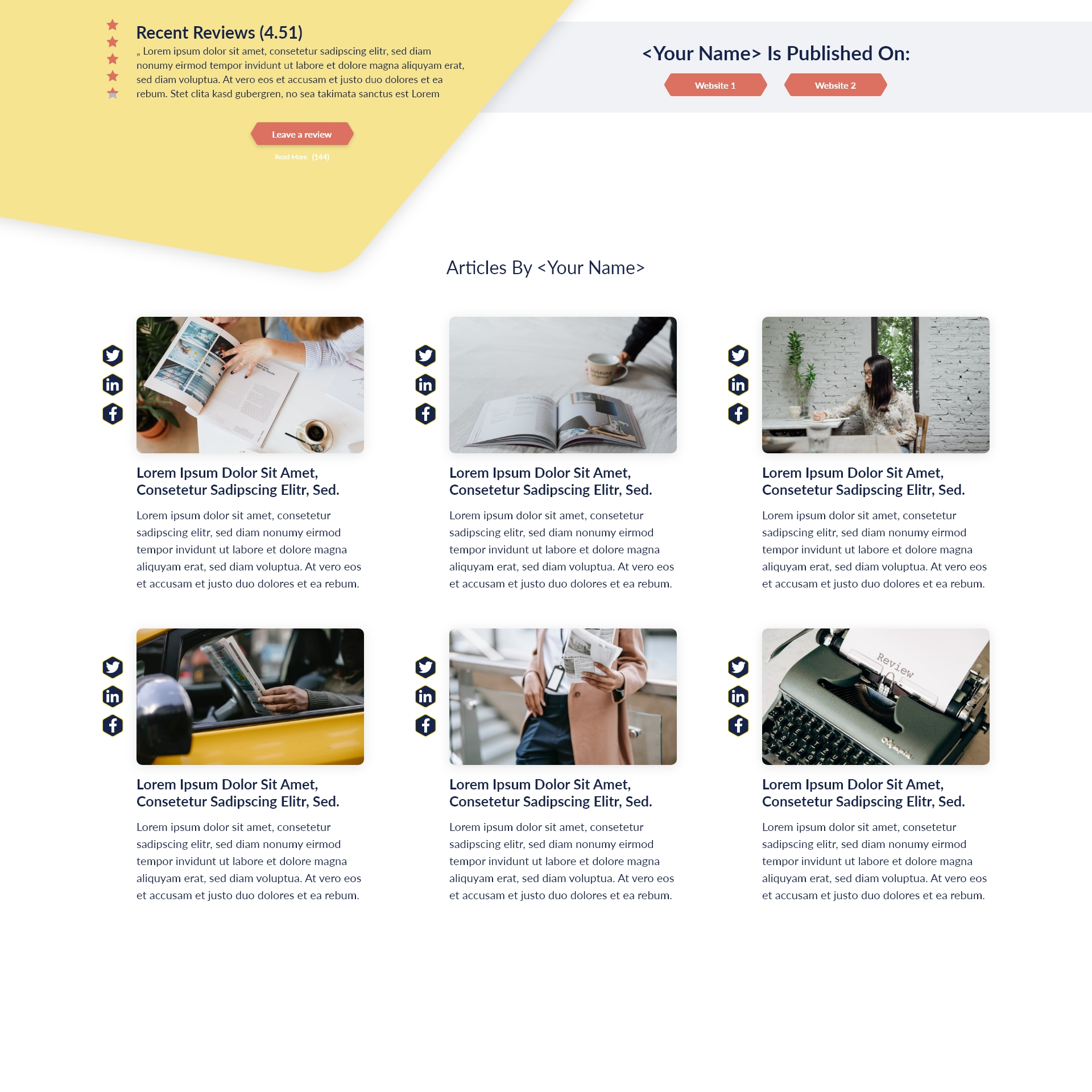An effective leader strives to continuously enhance the knowledge, qualities, and skills they have acquired throughout their career. As a result, they may focus on leadership development areas, a set of categories that strengthen their potential as a leader. If you are searching for ways to improve your leadership capabilities or are working toward a role in management, these specific categories are worth narrowing in on. Let’s focus on ten crucial keys to leadership development, as well as tips and examples that will help you along the way.
The Importance of Leadership Development
Effective leadership serves a vital role in any company’s management. Not only do they help in day-to-day operations, but they also ensure employees and other team members are working to achieve their potential. However, specific developmental areas should be cultivated to promote efficiency and positivity within the workplace to become a better leader.
Key Areas of Leadership Development

To prioritize your growth, begin by recognizing leadership development areas that could use strengthening. While a conscious change in behavior and self-reflection can help address some of these areas, creating better leaders involves productive critical thought and hands-on activities that also improve development. Regardless of the method, it is crucial to understand that the journey to becoming a respected, strong leader requires understanding the importance and definition of leadership development as a whole. Take a look at the following ten points to see where you can work to improve yourself as a leader at work.
- Making Decisions
As a leader, one of your primary duties will involve decision-making skills regarding not only the future of the company but day-to-day operations as well. Every decision carries the weight of a consequence – good and bad. Therefore, before making a decision, understand that whatever choice you make could profoundly impact the short-term and long-term future of the company.
You can start by weighing the pros and cons of any given decision and imagining the company’s pros and cons (if any). Once you have numbered your choices’ positive and negative attributes, you will have an easier time understanding potential benefits vs. drawbacks. Next, consider the opinions of others by speaking with respectable peers and leadership. It’s perfectly acceptable to seek the opinion of others when searching for the best solution to your predicament.
Unfortunately, the best choice in terms of the company may not be popular among peers. As a result, leaders often face the challenge of making tough decisions, often to the dismay of their team members. However, company-centered decisions yield the best results and may benefit employees further down the road.
- Improved Communication
Superb communication skills are irreplaceable in the workplace, enabling you to improve daily operations in the workplace. Not only will your coworkers and employees feel heard, but you will also be poised to share your professional needs. However, it would be best to remain assertive when expressing expectations so that others can understand how they may minimize confusion and improve workflow.
Effective leadership knows how to listen to others so they can understand the opinions and feelings within a company. Taking time to listen to relevant voices serves to identify conflicts before they have arisen and aid in discovering a quick, efficient remedy. Of course, you will need to manage conflicts when they take place. However, when you approach conflict with a foundation of effective communication, you can promptly resolve most conflicts.
Improving your team’s communication should be a top priority at work. Your company should establish the communication goals and expectations of employees across the board to improve the chances of overall success. Set gentle, regular reminders to confirm your team’s understanding of the company mission.
- Group Culture
The company culture profoundly affects the overall performance of employees across the board. Beliefs, behavior, ethics, and diversity are a few aspects of workplace culture requiring a responsible, positive leader. The company will suffer if you fail to recognize or celebrate effort, achievements, and diversity. Conversely, successful leaders are poised to establish a welcoming, safe, and comfortable workplace.
Collaboration should be encouraged above all else, a method of cooperation that improves the overall output quality. Discovering and using alternative approaches may also increase company morale and productivity. Finally, follow up this cooperation with positive reinforcement to ensure employees know they did something well. This practice will create a positive work environment that fosters respect between employees and leadership.
Nurture your employees by prioritizing training opportunities. New hires are especially keen to participate in workplace culture improvements, and leaders should give them special attention. As a result, new hires will be poised to understand and utilize the tools to succeed, improving overall product quality.
- Improved Performance
Daily operations can benefit from performance management by leaders and employees alike. Effective time management may be done through delegating tasks, accountability, problem-solving techniques, and performance objectivity measurement. It would be best if you worked to become an unbiased, ethical leader to improve the performance of employees and yourself.
Don’t be afraid to delegate tasks throughout your team. Doing so will encourage improved performance and accountability from every employee. Should you be faced with unsatisfactory results, take the time to address any issues in navigating toward a resolution. By objectively measuring performance, you are poised to serve your team as a respected and fair leader. When you act impartially, you can quickly address performance problems and confront issues head-on regarding employee performance.
- Establish Mentorship Programs
When talented leaders can take more initiative at work, the company is poised to thrive and become stronger. Training opportunities produce outstanding leaders, which solidifies the quality of leaders within your company. In addition, leaders should build an effective relationship with their mentors or act as mentors to their mentees. A decent mentor can improve their skills and increase company knowledge about practices and goals.
Take the time to grasp your trainee’s personal goals by understanding their personality and ambitions. Doing so will assist in the discovery of the most effective teaching methods on more of an individual level. By asking open-ended questions, your trainee will feel free to answer questions and create a problem-solving approach. Management is allowed to obtain a better understanding of the thought process of their trainee. However, remember to offer advice only when mentees ask or seek permission to offer said advice. This practice enables trainees to be more self-sufficient in the workplace while helping them to build confidence.

- Improved Organization
Leadership can improve productivity and efficiency around the office by improving the organization at work. Those with strong organizational skills can encourage others to follow suit, regardless of hierarchy. Additionally, maintaining a clean, focused workplace further reduces stress around the office. To-do lists are invaluable, especially regarding planning daily schedules and organizing tasks. Time management is crucial to improving office organization and, when done well, works well with personal goals and work habit consciousness.
- Building Trust
Avoiding conflicts and boosting office morale fosters trust between employees and staff. Leaders who trust their employees are more likely to gain their colleagues’ and peers’ respect and confidence. Additionally, you can support and guide employees through myriad problems to show your support while enabling them to work independently. Finally, should your team member come to you for assistance, you can display your trust in their abilities.
Building trust begins with modeling behavior expectations as a leader. Those who practice the standards they expect will likely gain respect and trust by displaying dependable and trustworthy behavior. However, it is essential to note that you must balance the feelings of others with your desire for results. For example, when it’s time to prioritize a goal, consider how your employees will feel beforehand. Approach any experiences with a level of understanding and empathy should an employee feel they cannot meet your usual expectations.
- Enact Change
Whenever necessary, leaders should be willing to accept change and open to doing so. This process may involve the work environment itself, professional goals, or overall production, to name a few. Whatever the reason, changes can benefit companies in the long run – don’t shun change. Instead, take in compliments, complaints, and voiced concerns from employees and customers. Doing so will enable you to pinpoint the exact issues that need to be changed.
Once you have decided to enact changes, take time to research, learn, and educate yourself and your team. After your conscious efforts have successfully assisted you in learning something useful, take the time to share it with your team to improve things around the office. Be honest with yourself when planning necessary changes and moving forward in an environment of positivity and knowledge. Leaders who are direct toward their employees are likely to impart confidence when adjusting to various changes.
- Workplace Creativity
Innovation and critical thinking should be encouraged and nurtured in the workplace. These skills are necessary for creating a welcoming environment and serve as a valuable resource for management and companies. If you need to increase creativity around the office, begin by improving or modernizing the décor. If you like, start simply by adding indoor plants, new lamps, or even accent walls.
A welcome environment is also one that encourages individuality, welcomes unique clients, and appreciates a fresh, alternative approach to business. Take the opportunity to brainstorm issues and solutions together, allowing employees to express creativity and value input. Creating a diverse work culture ensures a diversity of talents emerging from unique strengths, demographics, and backgrounds.
- Fostering Emotional Intelligence
Leaders with vital emotional intelligence can foster happy, healthy workspaces, ultimately improving overall productivity and employee satisfaction. Emotional intelligence is the ability to manage and understand your own emotions, as well as the emotions and feelings of others. Even if this isn’t one of your strong suits, the use or development of emotional intelligence serves to identify the feelings from within.
Self-evaluation and self-regulation are essential to emotional intelligence. Not only do you need to grasp your own emotions, but you must also reach a level of awareness surrounding how you react toward others. Practicing self-regulation ensures the most appropriate reactions in terms of any issue. However, it must be followed up with a certain level of responsibility, especially if you are directly at fault or played a role in the failure. Therefore, the first step to identifying a resolution is honesty and accountability.







